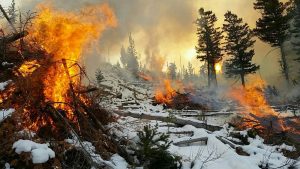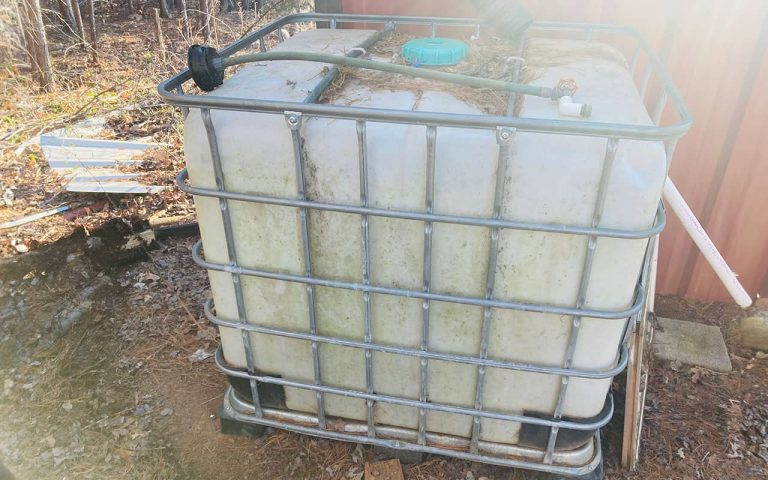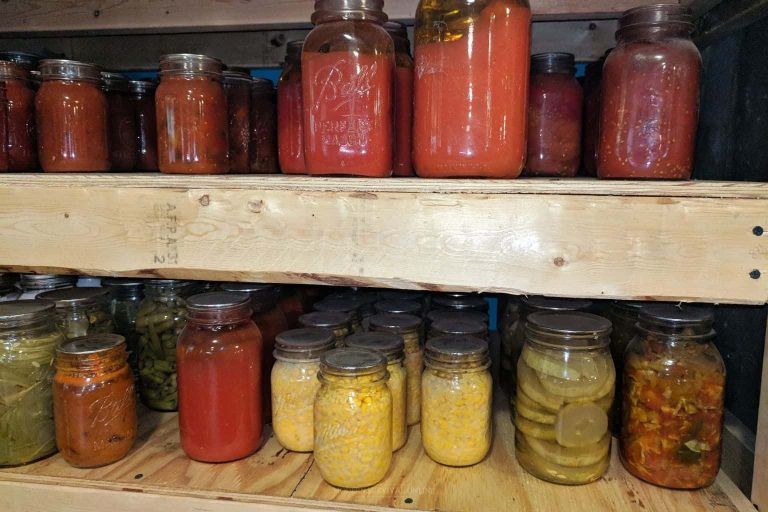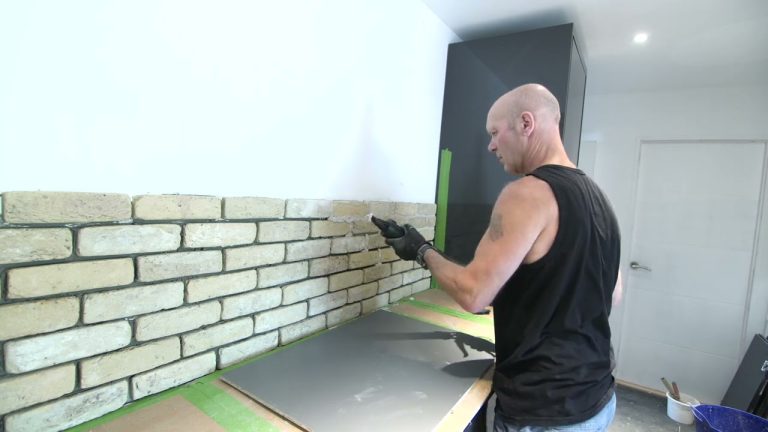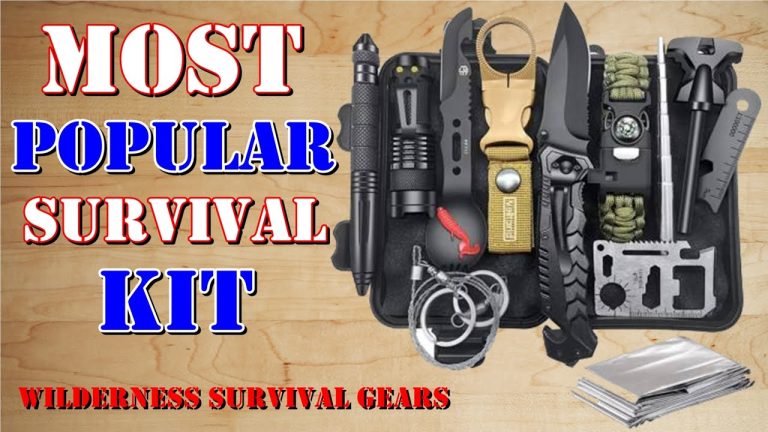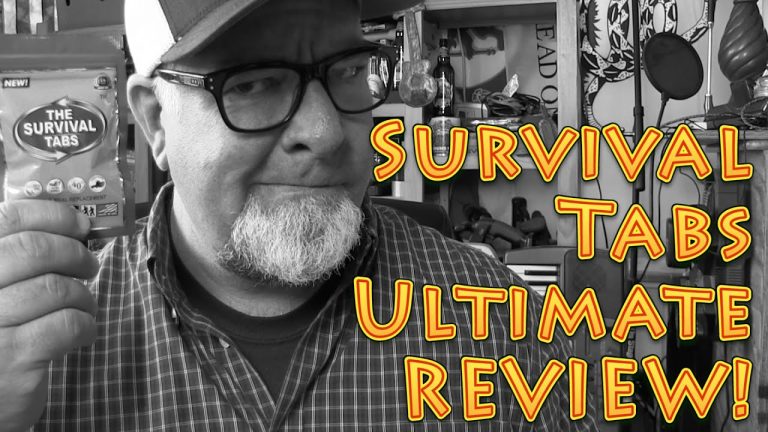The state of Texas is no stranger to weather extremes, especially in summer, but it’s going through a new experience with its largest winter wildfire on record. The Smokehouse Creek Fire in the Texas panhandle has burned more than a million acres and has now crossed into Oklahoma. After more than a week, it is still only 15 percent contained. Fire officials claim more than 500 buildings destroyed, a number of injured firefighters, and two deaths. Adding to the disaster is the loss of thousands of head of cattle, likely to increase meat prices in the near future.
WHY ARE THERE WILDFIRES IN THE WINTER?
Why are wildfires becoming more common in winter? In general, the wildfire season, once about four months of the year, has recently extended to eight months as winter snows are melting area and rain seem to be arriving later in the autumn. Drought, trees lost to invasive species, and leaf litte under snow play a part.
Yeah, but what about the snow? Frontline Wildfire Defense stated that snow does help extinguish fires but there are situations where it can make it worse. If an area doesn’t get enough rain in the fall and the snowfall is of the “dry” variety, burns can still spread under snow covered terrain. Theas tree litter on the ground is still dry enough to burn. Also, dry snow has enough air to sustain a fire, but not enough water content to douse it.
Note: (Actually, winter pile burning is one way the Forest Service removes excess debris in the hopes of lowering fire risks to communities in advance of wildfire activity in warmer weather.)
Notwithstanding the size of the current conflagration, the majority of property lost to wildfires are started by minor burns. If you can improve the resistance of the area around the home to ignition, your residence will be less susceptible to spot fires and ember storms. You can best create a defensible space by managing vegetation and other flammables in what are called “Home Ignition Zones”.
HOME IGNITION ZONES
The Home Ignition Zone (HIZ) is a concept I’ve written about before. It was developed by the Forest Service in the 1990s and represents an area up to 100-200 feet from the foundation and includes vegetation, the home itself, and other structures, items, or attachments (decks, sheds, outdoor furniture, fencing). Measures to improve fire resistance may sometimes be difficult, but will decrease the risk of fire damage.
Generally, Home Ignition Zones are divided into three parts:
The Immediate Subzone: This is the area including the home and up to 5 feet surrounding it. This area is the most prone to combustion. Non-flammable surfaces here are protective and consideration should be given in construction of the home itself.
Vegetation, woodpiles, and other flammables should be limited here. You can harden your home against wildfires with the following measures:
- Screening areas under patios and decks with wire mesh to prevent burning debris from entering.
- Avoiding the storage of combustible materials under patios and decks.
- Clearing leaves and other debris from rooftops and gutters.
- Repairing or replacing any broken, loose, or missing shingles or roof tiles.
- Preventing embers from passing through eave vents by installing 1/8 inch metal mesh screening.
- Cleaning debris from exterior attic vents; add 1/8 inch metal mesh as a barrier.
- Replacing damaged or loose window screens.
- Removing mulch, woodpiles, and other flammables from against exterior walls.
The Intermediate Subzone: This is the area 5-30 feet away from your home. Here, careful use of landscaping can slow the spread of fire by reducing both fuel availability and continuity. You should:
- Have driveways, paths, decks and patios made of non-flammables that can serve as fuel “breaks”.
- Keep lawns and ground cover no more than four inches high.
- Remove “ladder fuels“. Ladder fuels include vegetation under trees that allow a ground fire to reach the canopies. Lower branches on large trees also can act as ladder fuels.
- Prune mature trees ten feet from the ground or up to 1/3 of the total height for smaller specimens.
- Be sure to have at least eighteen feet between tree canopies, more if you are uphill from the potential fire.
- Limit trees and shrubs to small separate groupings of a few each to break up fuel continuity.
- Beware of vegetation near large propane tanks.
The Extended Subzone: This is the extended areas 30-100 feet from the home): Strategy revolves around spacing and pruning shrubs and trees in an effort to keep the fire low to the ground and interrupt its path. The wise property owner would:
- Remove accumulations of dead plant and tree material in this space.
- Remove all saplings growing between mature trees.
- Remove vegetation adjacent to storage sheds or other outbuildings
- Assure that all trees 30-60 feet from the residence have at least 12 feet between canopies (more if downhill).
- Assure that trees 60-100 feet (200 feet if downhill) from the home have at least 6 feet between canopies.
There are variations in these strategies based on location, types of flora in the area, and other factors. Discuss your specific situation with a local U.S. Forest Service official. For more information, check out the National Fire Protection Association (nfpa.org).
Bottom line: Work to harden your home against wildfires, but don’t be a hero; hit the road if you’re in the path of the burn.
Joe Alton MD
 Nasal Trauma Kit, just one from our entire line at store.doomandbloom.net
Nasal Trauma Kit, just one from our entire line at store.doomandbloom.net







